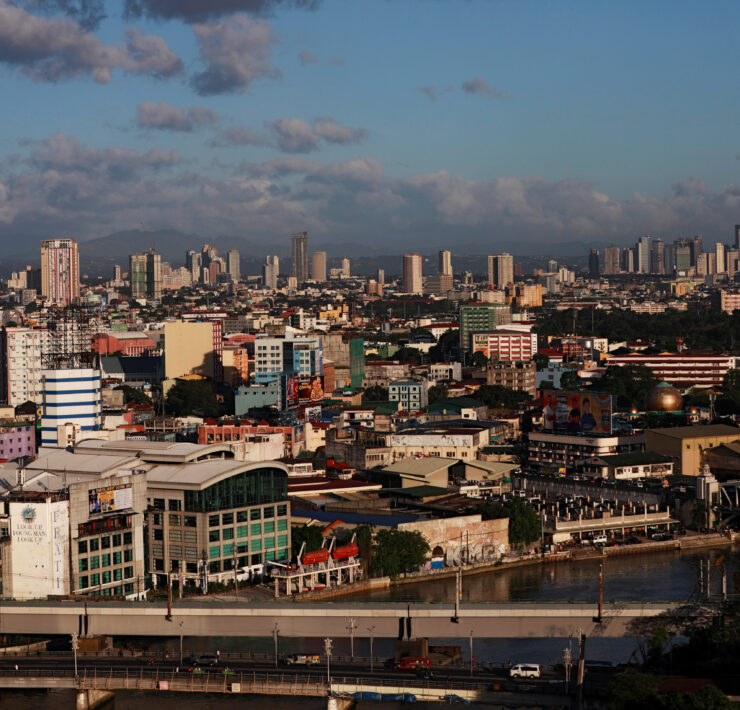How PH economy gains from digital payments

Real-time digital payments are projected to provide banking access to nearly 21 million unbanked Filipinos and contribute to economic growth, according to a report by global payments software provider ACI Worldwide.
ACI said that boosting financial inclusion by promoting instant payments could contribute an additional $323 million to the Philippines’ gross domestic product (GDP) by 2028.
Meanwhile, the estimated increase in banked Filipinos presents a profit opportunity of $28.7 billion for Philippine financial institutions by 2028, which ACI calculated “based on the typical customer lifetime value estimated at $1,375.“
The report—which ACI published in partnership with London-based economic consultancy firm The Centre for Economics and Business Research—used data from 40 countries to try to establish an “empirical link” between real-time payments and financial inclusion.
Profit prospects for banks
Globally, ACI said instant payments are expected to contribute an additional $285.8 billion to global GDP and create more than 167 million new bank account holders by 2028.
“The rise of real-time payments has the potential to open up banking access to millions of new customers, presenting significant growth and profit potential for banks that capitalize on this to modernize and streamline payment technology and services,” said Leslie Choo, senior vice president at ACI.
Latest data from the Bangko Sentral ng Pilipinas (BSP) showed that the share of digital payments to total retail payment transactions in the country had grown to 52.8 percent in 2023, from 42.1 percent in 2022.
It was a feat that exceeded the expectations of the central bank, which hopes to digitalize 50 percent of retail payments in the country by 2023. This, in turn, bodes well for the BSP’s goal to capture 70 percent of adult Filipinos into the formal financial system by 2023.
The central bank had said its next goal is to digitalize 60 to 70 percent of retail payments in the country by 2028.
“Real-time payments have asserted their role as a powerful enabler for societal transformation, bridging critical gaps in financial access and empowering millions of Filipinos,” ACI’s Choo said.





















